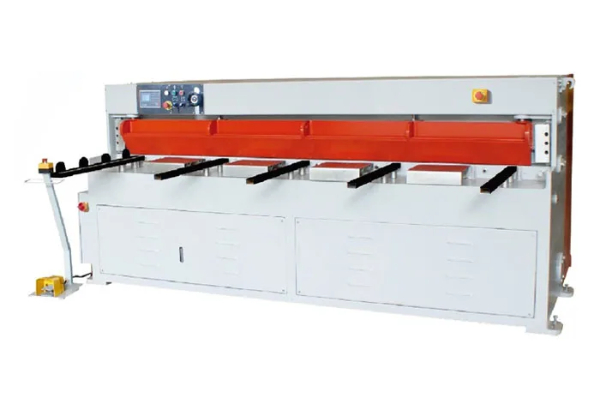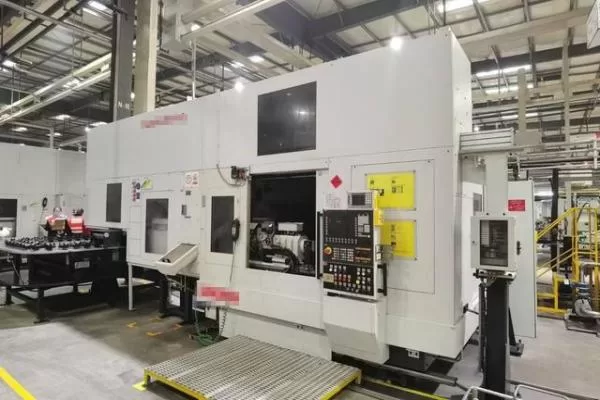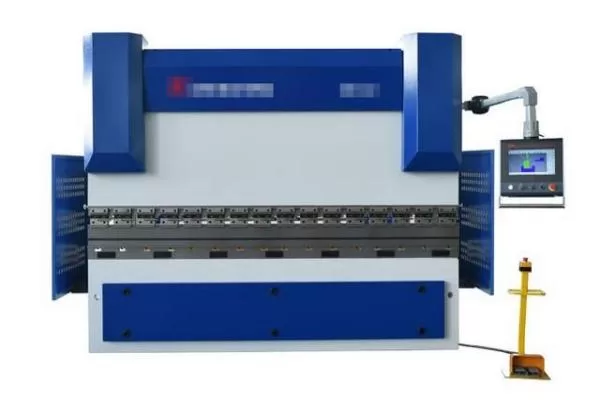
Balancing Cost and Performance in Metal Strip Cutting Machines
- By:Metmac
- 2024-08-15
- 129
In the metalworking industry, precision metal strip cutting machines play a crucial role in various applications, from manufacturing electronic components to construction materials. Finding the optimal balance between cost and performance is paramount for businesses looking to maximize productivity and efficiency. This article delves into the key considerations and strategies for achieving the ideal balance in metal strip cutting machines.
Cost Considerations
Machine Complexity: Simpler machines are typically more cost-effective, with fewer components and lower maintenance needs. However, they may have limitations in terms of speed, accuracy, and versatility.
Materials and Manufacturing: The materials used in construction and the manufacturing process can significantly impact the cost. Higher-quality materials and advanced machining processes usually lead to higher initial investment but may offer improved durability and longevity.
Automation Level: Automated machines offer increased efficiency but come at a higher cost than manual or semi-automated options. The level of automation should be carefully matched to the production requirements and operator availability.
Performance Characteristics
Cutting Accuracy: Precision cutting is essential for maintaining dimensional tolerances and minimizing waste. High-quality machines provide accurate and consistent cuts, ensuring product quality and reducing rework.
Cutting Speed: Batch size, production volume, and material thickness influence the required cutting speed. Machines with higher cutting speeds enable higher production rates, but they may require more power and generate more heat.
Versatility: Multipurpose machines can handle different materials and cutting tasks, enhancing flexibility in production. This reduces downtime and the need for multiple dedicated machines.
Balancing Strategies
Identify Production Requirements: Understanding the specific cutting applications, material properties, and production volume helps determine the optimal balance of features.
Consider Total Cost of Ownership: Evaluate the upfront cost of the machine against its expected lifespan, maintenance requirements, and potential downtime.
Seek Reputable Manufacturers: Partnering with established manufacturers ensures quality, reliability, and technical support, which can ultimately reduce long-term costs.
Maximize Efficiency: Assess the potential for automation, optimize setup times, and minimize scrap to enhance productivity and reduce overall costs.
Invest in Maintenance: Regular maintenance and timely repairs extend the lifespan of the machine, reducing the need for costly replacements and downtime.
Conclusion
Balancing cost and performance in metal strip cutting machines requires a comprehensive evaluation of production requirements, machine capabilities, and long-term considerations. By carefully considering these factors and implementing strategic approaches, businesses can optimize their investment and achieve maximum value from their metal strip cutting operations. Precision, efficiency, and cost-effectiveness are the key pillars of a successful balance, enabling businesses to meet their production demands with confidence and enhance their competitive advantage in the metalworking industry.
-
Advanced Sheet Metal Rolling, Cutting, and Folding Machines for Efficient Fabrication
2025/10/22 -
High-Precision Sheet Metal Bending and Cutting Solutions for Modern Manufacturing
2025/10/22 -
High-Precision Solutions from Leading Sheet Metal Cutting Machine Manufacturers
2025/09/11 -
Reliable Sheet Metal Equipment for Sale to Support Precision Fabrication
2025/07/17
-
High-Performance Sheet Metal Equipment for Sale: Forming and Shearing Solutions for Modern Fabrication
2025/10/22 -
Precision and Performance: Advanced Sheet Metal Processing Solutions
2025/10/17 -
Advanced Sheet Metal Press, Shearing, and Forming Machines
2025/10/17 -
High-Performance Sheet Metal Laser Cutting Machines for Sale — Precision and Efficiency Combined
2025/10/17
-
A Guide to the Latest Innovations in Sheet Metal Folding Machines
2024/11/29 -
Key Features to Consider When Investing in a Sheet Metal Folding Machine
2024/11/28 -
Enhancing Precision with Advanced Sheet Metal Folding Machines
2024/11/27 -
How to Choose the Right Sheet Metal Folding Machine for Your Workshop
2024/11/26







